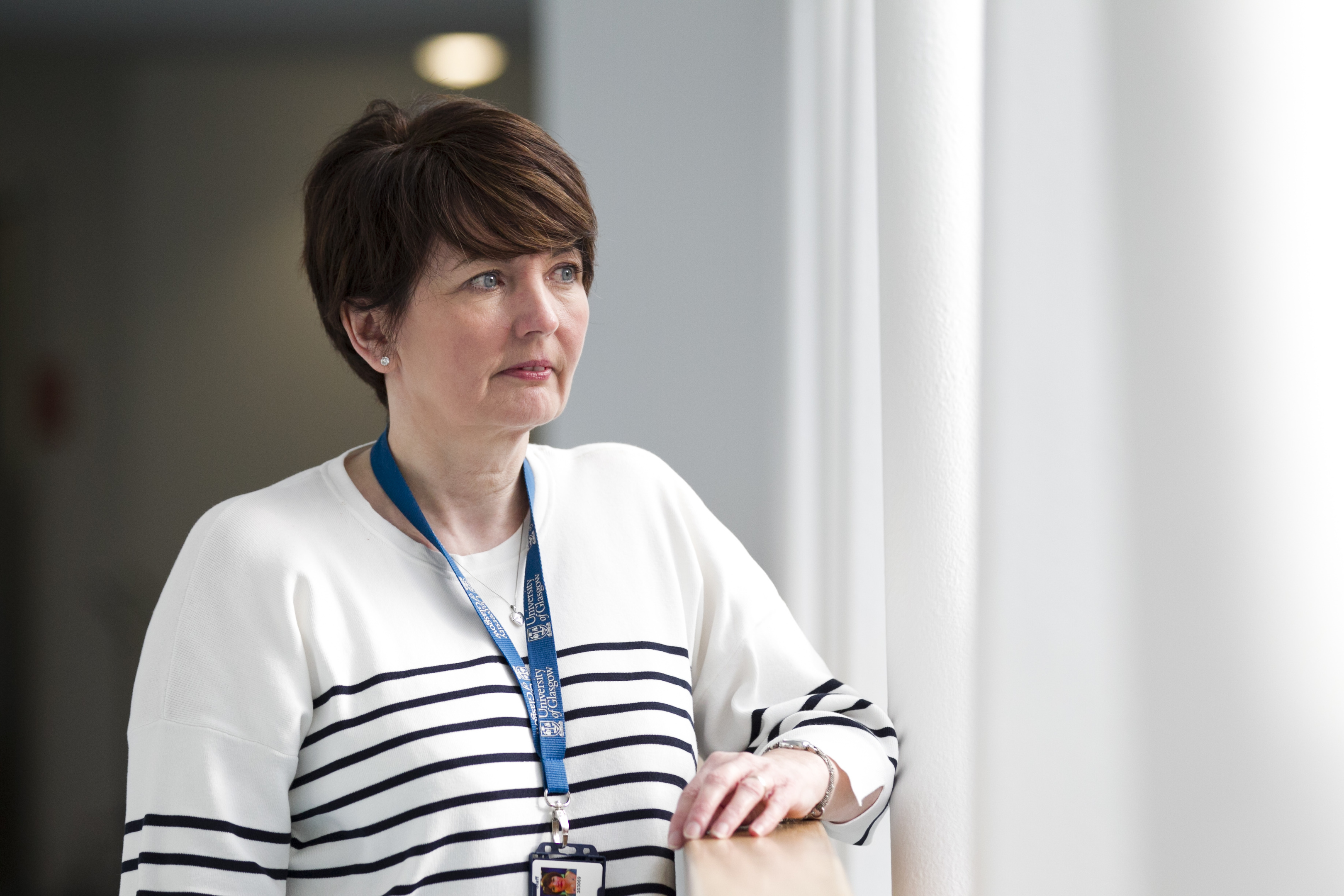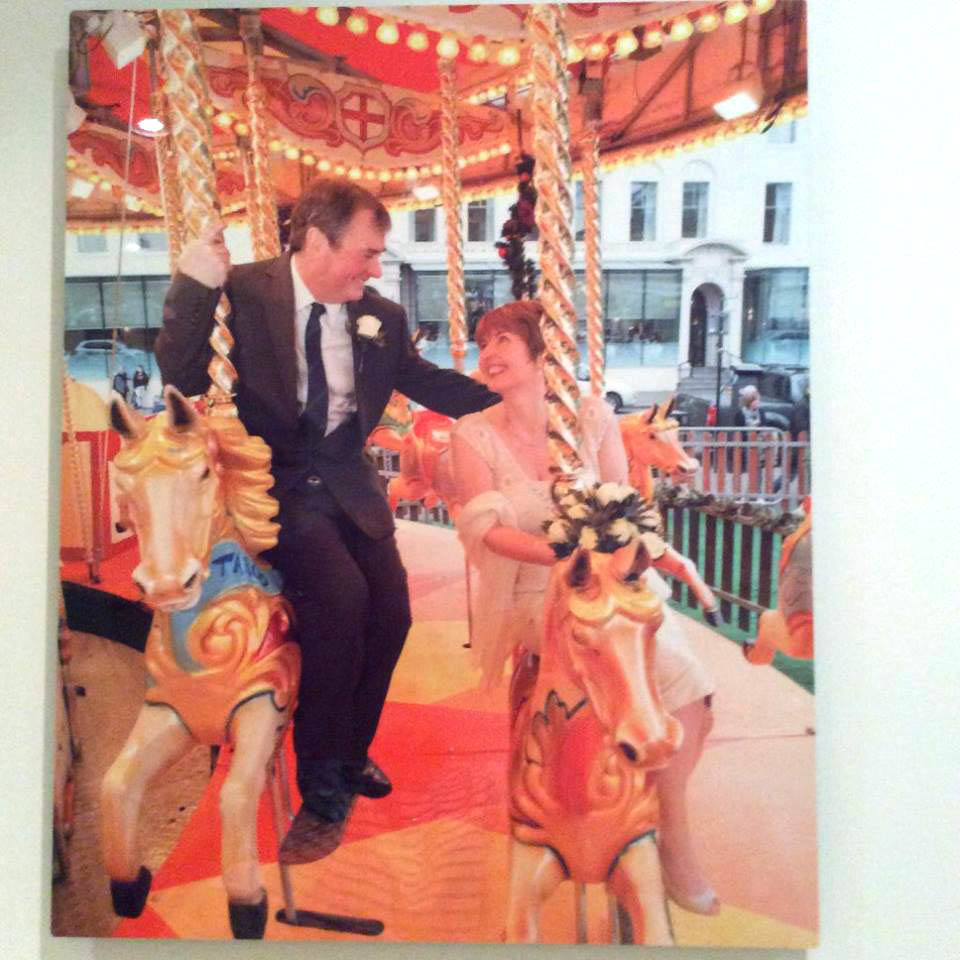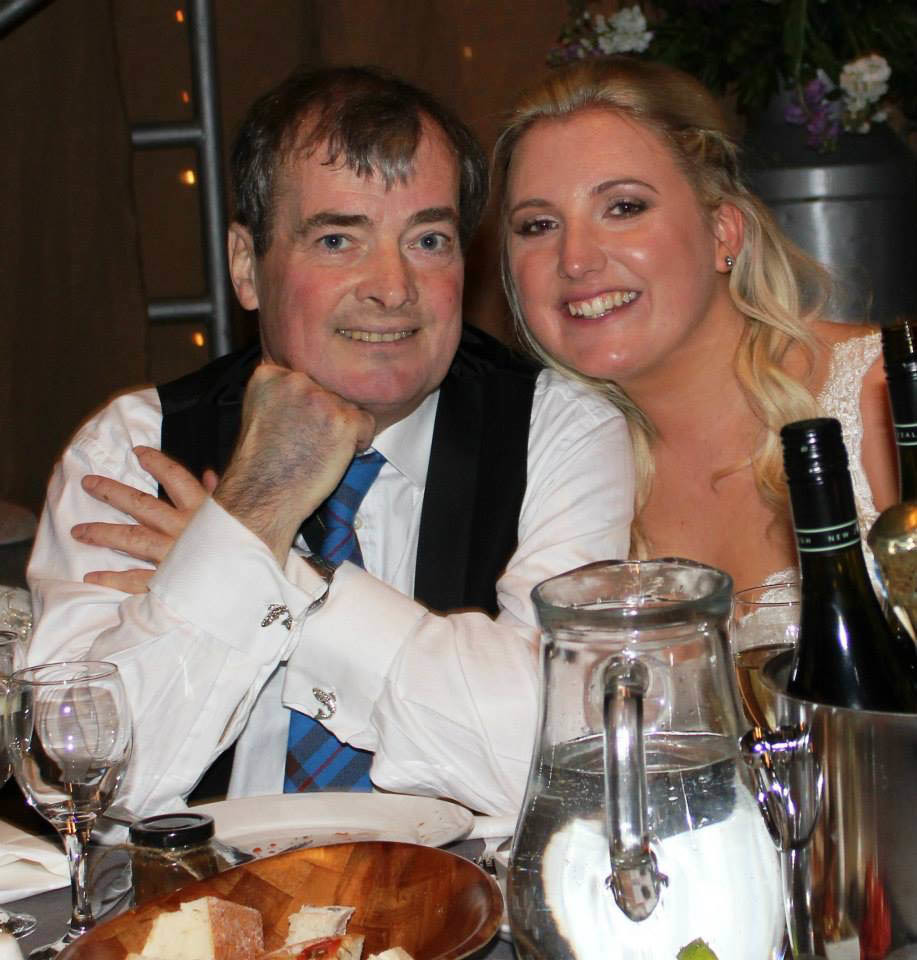
WALKING his daughter down the aisle, Richard Elliott could not have looked any happier.
The guests would never have guessed just how ill he was – or that his wife was carrying a letter in her handbag that no one would ever want to take to a wedding.
It was a Do Not Resuscitate note from the hospital, in case Richard collapsed during his daughter Katrina’s big day.
The respected academic had been diagnosed with asbestos-linked mesothelioma, a type of cancer, just 10 months previously.
He was so ill that doctors had expressed serious concerns about allowing him to leave hospital for the wedding.
Richard’s wife Angela said: “We were all trying so hard to make this the best day of Katrina’s life.
“But Richard was dying from a cancer people associate with shipyard workers, builders and others who worked with asbestos.
“We had to make the best of what we had left and Richard was desperate to fulfil his duties as father of the bride. Carrying a Do Not Resuscitate note in my handbag was the only way his doctors let him out of hospital.”
Just four days later he passed away from a disease that campaigners brand an industrial disaster.
Mesothelioma, commonly linked to heavy industries such as shipbuilding, has nonetheless claimed many white-collar victims including academics, doctors, teachers, office workers and hundreds of others whose working lives never seemed to expose them to asbestos.
Speaking out to raise awareness of the illness, Angela said she had married Richard, 61, just six months before his death.
After the ceremony at Glasgow’s City Chambers, Richard, in an impromptu gesture, guided her to a Christmas funfair in nearby George Square where they rode on the carousel.
It was a rare moment of unthinking happiness as Richard’s illness worsened.
Angela said: “Richard was diagnosed in October 2014 and died the following June.
“It is one of the most horrific diseases we know of.
“There is no time to get your head around the diagnosis before it progresses.
“The first sign was a cough which Richard couldn’t shake off. Until then he had been a keen hill walker and very fit.”
A course of antibiotics failed to shift the cough and he was referred to a chest consultant.
“An X-ray prompted a lung biopsy and the results revealed mesothelioma,” said Angela. “Richard had begun to suspect it earlier when his doctors asked if he had ever worked with asbestos.
“However, his immediate concerns were how to tell me and his two daughters, Katrina and Emma.”
The couple had met while working together at the MRC-University of Glasgow Centre for Virus Research, where Richard was Professor.
Richard had been widowed some years earlier and brought up his daughters, balancing an international career with being a single dad.
Angela had taken up the post of technical co-ordinator, ensuring the safety of scientists working with viruses.
She said his concern for others never wavered.
“Even when he was desperately ill in bed he would sit with his laptop working, mentoring students,” she said.
“Three members of his lab and others from within the centre were sent to Sierra Leone to run laboratories diagnosing Ebola cases.
“They became part of the team which stemmed the spread of the deadly virus and stopped a pandemic.”
Richard died more than 90 years after the earliest warnings were issued about the links between asbestos and cancer.
Angela said: “I feel we were robbed of a wonderful life together.
“It was short but wonderful and packed with memories.
“Katrina and Emma lost a dad who adored them and messages of condolence flooded in from all over the world.”
So respected was Richard that the university has named its bio-safety labs after him.
Two years on from his death, Angela is campaigning to reduce the death toll from asbestos, which claims the lives of 500 Scots per year.
She is desperate to save a new generation of potential victims.
Breathing in the deadly microscopic fibres can set in motion a cancer which can take 20 to 50 years to develop. And the true number of deaths is higher than official figures, say doctors, as some patients are too ill to undergo biopsies to confirm it.
Instead they are labelled with lung cancer.
Angela is at a loss to pinpoint where Richard was exposed to asbestos.
“I do not know where he came into contact with it,” she said.
“But I know that asbestos has been woven into the fabric of countless public buildings and homes.
“The fibres are so small they are barely detectable and easily breathed in when disturbed.
“We have to protect tomorrow’s victims by warning them.
“I am one of many women who have lost their husbands and this terrible tragedy needs to stop.
Hope for victims lies in a flourishing network of research and drug trials. Chest consultant, Dr Kevin Blyth, of Glasgow’s Queen Elizabeth University Hospital, said: “The incidence of mesothelioma is higher in the West of Scotland than in almost any other part of the world.
“That is mainly because of its legacy of our shipbuilding and heavy industries that used asbestos. However, we are seeing more patients whose jobs have not been traditionally associated to asbestos.”
Campaigner and survivor, Mavis Nye, added: “Mesothelioma is the biggest industrial disaster of recent times and the figures are rising.
“So many of our workplaces and homes have been built using asbestos.”
Angela is involved in a mesothelioma focus group project to help improve earlier diagnosis for patients suffering from breathlessness and pains. Asbestos can be found in homes built or refurbished before 2000 and could be lurking in, for example, textured ceilings and garage roof tiles, pipe lagging and window frames.
A Scottish Government spokeswoman said: “The Health and Safety Executive provides guidance to local authorities and health boards on the management of asbestos. The Scottish Government welcomes and supports HSE efforts to raise awareness of the dangers.
“Our approach to mesothelioma is integrated within our cancer strategy.
“Our Scottish Referral Guidelines for Suspected Cancer include a specific section on mesothelioma.
“This should aid the identification of those patients who are most likely to have cancer and require urgent specialist assessment.”

Enjoy the convenience of having The Sunday Post delivered as a digital ePaper straight to your smartphone, tablet or computer.
Subscribe for only £5.49 a month and enjoy all the benefits of the printed paper as a digital replica.
Subscribe
